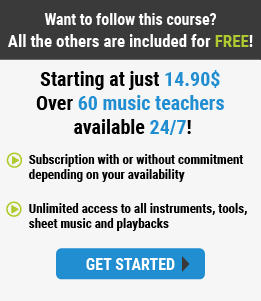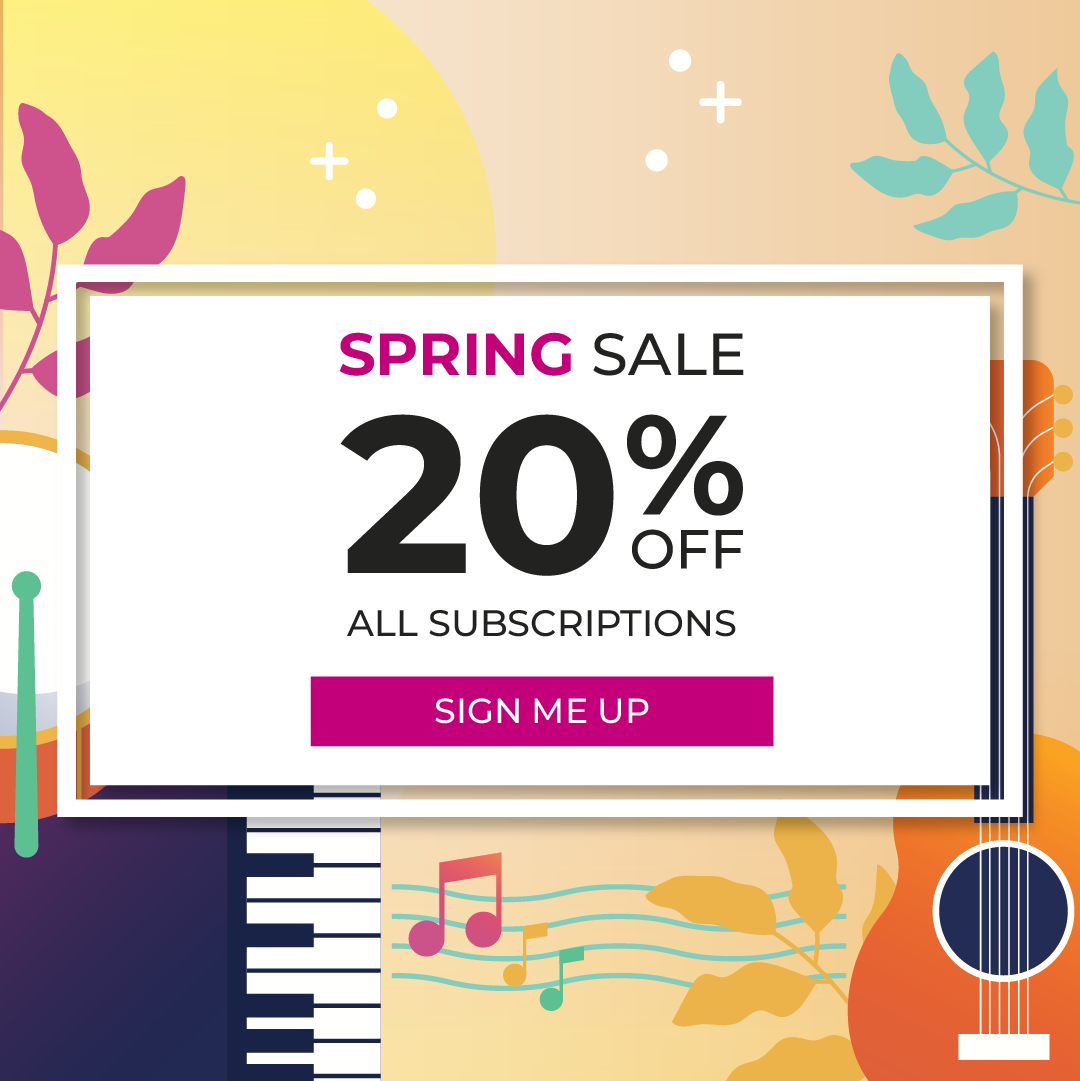Classical piano lessons for beginners
1659 videos
Benefit from a structured and gradual classical piano course taught by a real conservatory teacher!
Classical piano lessons for beginners
Dominique Gadmer is a French conservatory piano teacher. Thanks to her online classical piano course, you will have the opportunity to get real classical training from wherever you are.
Throughout these subtitled piano lessons, Gadmer transmits her passion for the piano by following a pedagogical method similar to the one she offers to her students in conservatories, but adapted to online learning.
Take advantage of a complete and gradual classical piano curriculum made up of thousands of videos, allowing you to progress rapidly thanks to the precious advice given by experienced teachers.
LESSON PRESENTATION
The main concepts taught
Hand and finger positions
Note reading
Chords
Arpeggios
Intervals
The program proposed by Dominique Gadmer
Dominique Gadmer recorded these piano lessons that follow the conservatory curriculum step by step. As you progress, she will help you assimilate increasingly complex techniques that will make you a true pianist.
You will practice your knowledge on engaging pieces that will allow you to combine fun and learning, and you will soon be able to play complex pieces from the classical repertoire.
Classical curriculum - beginner
| Chapters | Detailed concepts |
Discovery of the instrument |
Discovery of the instrument: before starting the course, get to know the instrument. The different parts of the piano and the optimal hand position will no longer hold any secrets for you. Then, it’s up to you to play!
|
Discovery of rhythm |
After discovering the instrument, it’s time to practice. Learn to play your first notes and rhythmic figures through solo and duo pieces.
|
New rhythmic figure and 5 fingers work |
In this step you will learn a new rhythmic figure and a new key. You will use your five fingers on songs and exercises.
|
The nuances of the game |
After acquiring the basics, you will learn in this step the nuances and discover the black keys of the piano thanks to the alterations.
|
The work of the ear |
At the end of this step, you will know the different intervals. You will learn a piece by heart, as well as how to transpose it. Your piano playing will grow!
|
Discovery of the first chords |
Now that your playing is gaining confidence, it’s time to learn your first chords! In this chapter, you’ll also learn about other keys and hand positions.
|
Work on expressiveness |
Once you’ve learned your first skills, learn in this step to develop your expressiveness thanks to a new rhythmic figure, the eighth note.
|
New rhythmic figures and deepening |
In this step, enrich your playing with new essential rhythmic figures. Complete your knowledge by working on singing, and discovering the resonance pedal.
|
Interval and chord work |
Learn new intervals in this key step. Your chords become richer and you experiment with new hand positions. Your playing becomes more and more complete!
|
Hand movement and reversals |
In this stage, the hand work will be deepened and you will learn new techniques. Crossing and moving, different starting position and reversal… It’s up to you!
|
Resonance pedal and new application pieces |
Your piano learning is already well advanced thanks to your efforts and practice: congratulations! What if you learned in this last step another way to use the resonance pedal? It’s up to you! |
A word from your teacher
This course is particularly suitable for beginners wishing to acquire a solid foundation in piano playing thanks to a teaching method modelled on that of the conservatory. Once you have acquired this foundation, you are free to continue with classical music or to move on to new styles, such as Jazz or Pop!




